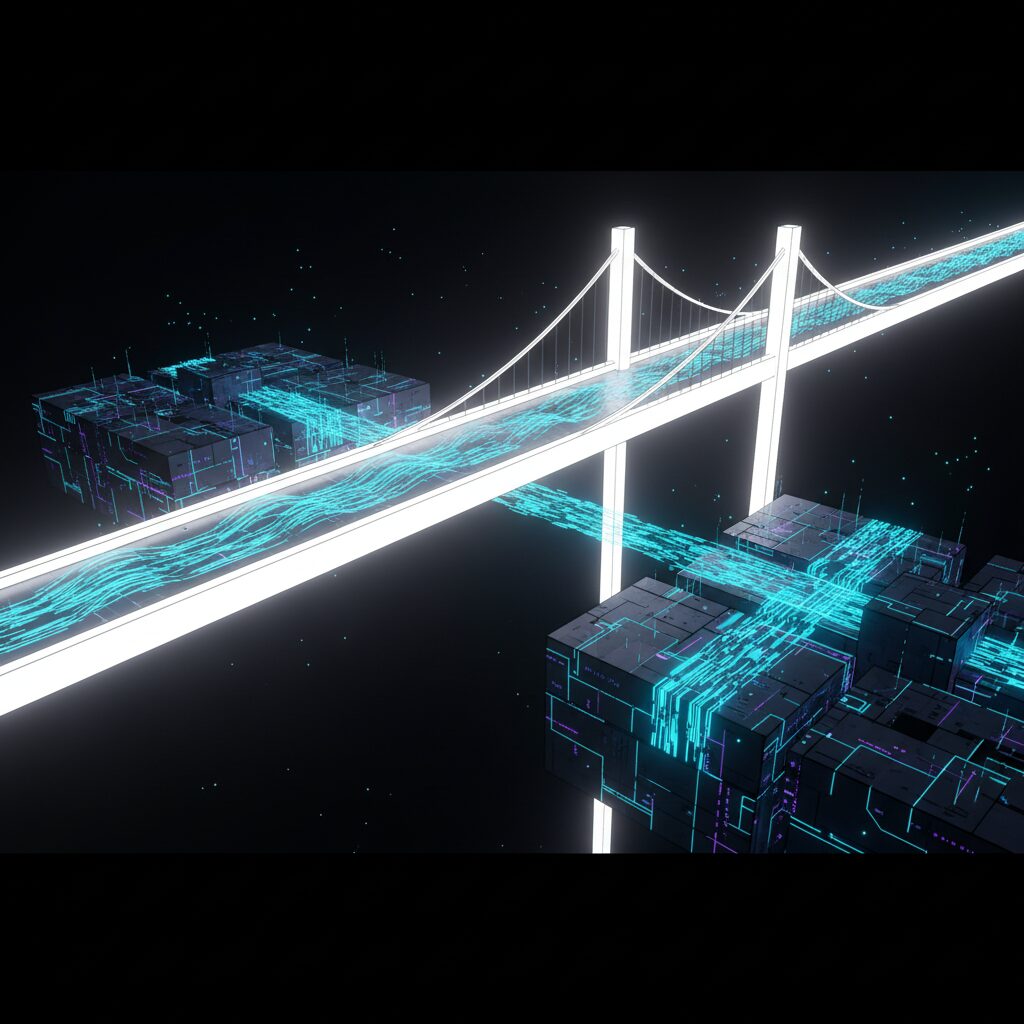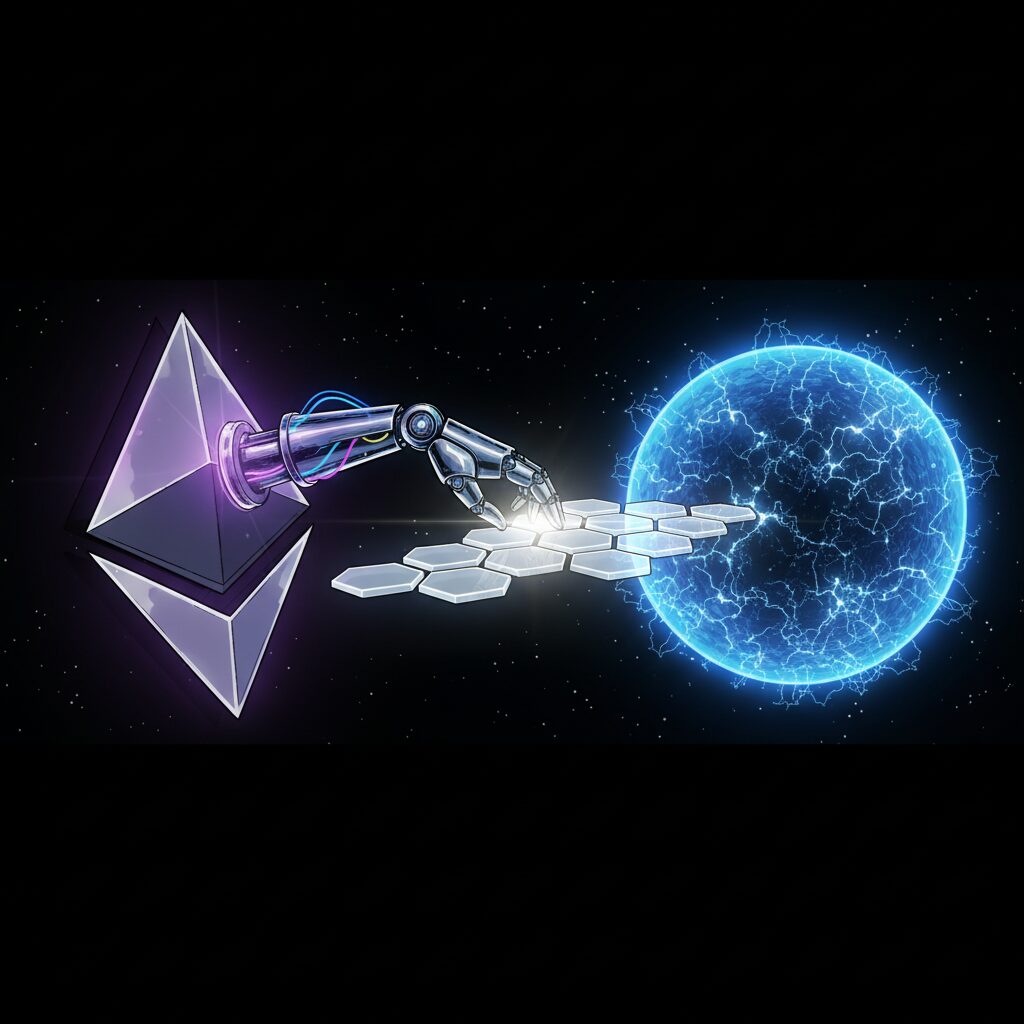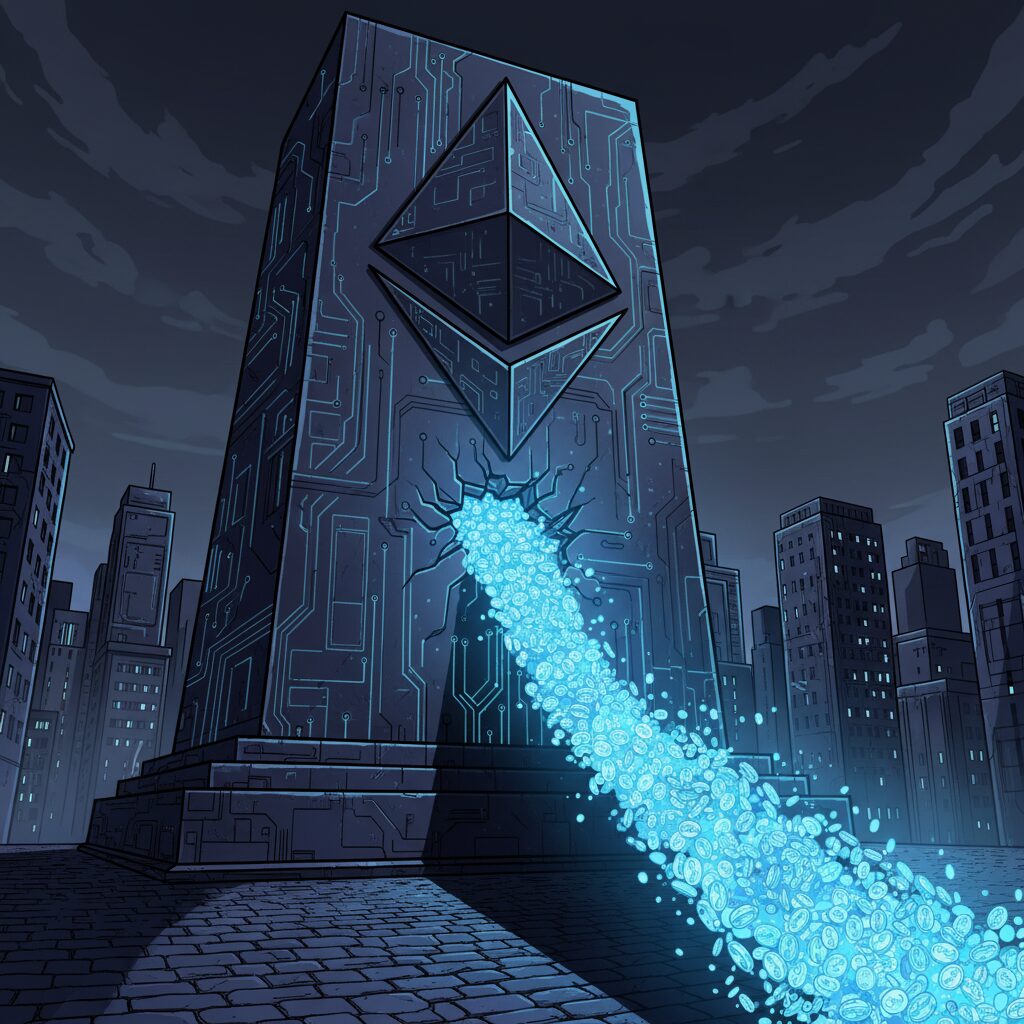The Great Bridge Debate: Centralization vs. Decentralization in Blockchain Scaling

Ethereum co-founder Vitalik Buterin has once again sounded the alarm on the security risks lurking in off-chain systems. While blockchains themselves grow more secure, Buterin points to the persistent vulnerabilities in the infrastructure built around them, reigniting a critical debate over the safety of cross-chain bridges and Layer-2 (L2) scaling solutions.
A Clash of Security Philosophies
The conversation has sharpened following a recent discussion between Solana co-founder Anatoly Yakovenko and Sovereign Labs CEO Cem Özer, which exposed deep-seated disagreements on how to best secure these vital components. The debate centers on a fundamental trade-off: the convenience of centralized control versus the robust security of true decentralization.
Yakovenko expressed strong reservations about the current state of many Ethereum L2s, criticizing their reliance on permissioned multisig systems. He argues that these setups, where a small, designated group holds control, undermine the core principles of a decentralized network. As an alternative, Yakovenko champions more cryptographically secure solutions, such as a potential Zero-Knowledge (ZK) based bridge connecting Solana and Ethereum.
Isolating Risk for a Multi-Bridge Future
In response, Cem Özer presented a different architectural approach. He advocates for rollup designs that can effectively isolate risks at the state transition function (STF) level. This model would allow an ecosystem to support multiple bridges simultaneously, each with its own security assumptions. If one bridge were compromised, the damage would be contained, preventing a catastrophic failure across the entire network. According to Özer, this design enables flexibility and user choice without creating a systemic single point of failure.
This ongoing dialogue highlights the complex challenges facing the blockchain industry. As platforms strive for greater scalability and interoperability, developers must navigate the difficult path of building systems that are both efficient and faithful to the decentralized ethos of the technology.











